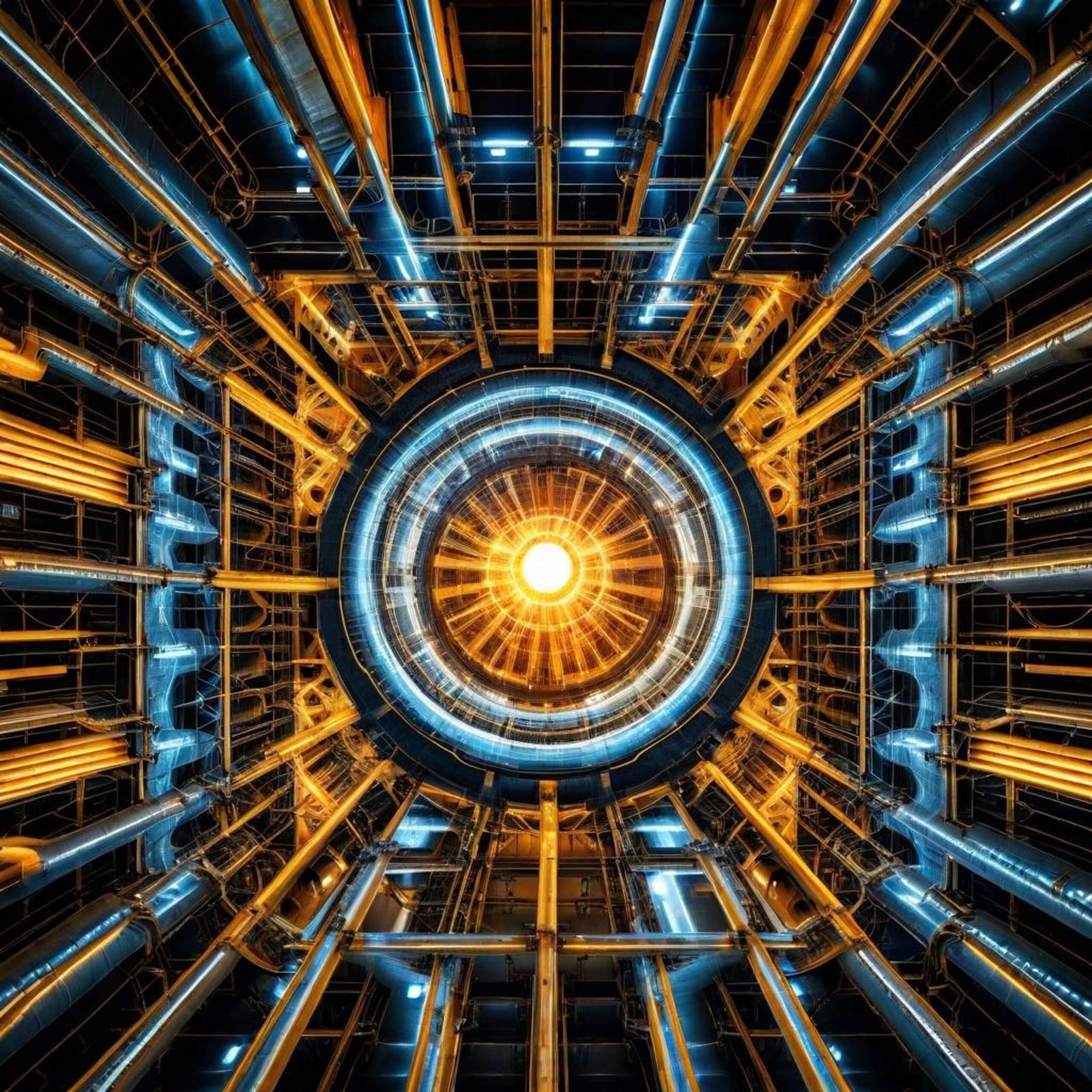Recent advancements in artificial intelligence (AI) have provided a significant breakthrough in nuclear fusion technology, potentially paving the way for a future of sustainable, limitless clean energy. This development could revolutionize energy production, offering a greener alternative to current methods.
Key Highlights:
- AI has been instrumental in overcoming major hurdles in nuclear fusion, enabling the prediction and prevention of plasma instabilities during fusion reactions.
- Princeton University’s team utilized an AI model to enhance the stability of plasma, a critical component in achieving efficient nuclear fusion.
- Lawrence Livermore National Laboratory’s 2022 achievement of the first-ever net energy gain from nuclear fusion marked a significant milestone.
- The potential for grid-scale adoption of nuclear fusion energy is now closer, thanks to the capabilities of AI in managing complex fusion processes.
- The research, published in Nature, introduces a proactive approach to handling fusion plasma instabilities, opening new doors for energy production.

The Role of AI in Nuclear Fusion
Nuclear fusion, the process that powers the Sun, involves combining atomic nuclei to release energy. While the concept promises a nearly inexhaustible source of clean energy, achieving a controlled fusion reaction on Earth has been a monumental challenge. The recent integration of AI into fusion research has led to groundbreaking progress in this field.
AI’s ability to predict and manage plasma instabilities in real-time has addressed one of the fundamental challenges in harnessing nuclear fusion. By analyzing data from past experiments, AI models can anticipate disruptions before they occur, allowing for adjustments to maintain plasma stability. This advancement significantly increases the feasibility of sustainable and efficient fusion energy production.
The Future of Fusion Energy
The journey towards achieving practical nuclear fusion energy is a step closer with AI’s intervention. Researchers at Princeton University and the Lawrence Livermore National Laboratory have demonstrated the technology’s potential to solve complex problems that have long hindered fusion energy’s viability. The AI’s predictive capabilities offer a proactive solution to managing the intricate dynamics of plasma behavior, which is crucial for a stable fusion reaction.
Looking ahead, projects like ITER and DEMO aim to further the development of fusion energy. ITER’s goal is to demonstrate the feasibility of fusion as a large-scale energy source, while DEMO plans to showcase its practical application in power generation. Despite challenges such as the scarcity of tritium and the need for advanced materials, the continued advancement in fusion technology and AI promises a future where clean, abundant energy could significantly impact global energy consumption patterns and environmental sustainability.
Conclusion
The intersection of AI and nuclear fusion research has marked a pivotal moment in the quest for clean, unlimited energy. By tackling the complexities of plasma control, AI has not only accelerated the pace of fusion research but also enhanced the prospects of achieving fusion energy production on a scale that could transform the energy landscape. This technological synergy could lead to a future where clean, abundant energy powers our world, mitigating climate change and fostering sustainable development. As we stand on the brink of this new era, the promise of nuclear fusion, supported by AI, offers a glimpse into a cleaner, more sustainable future.


















